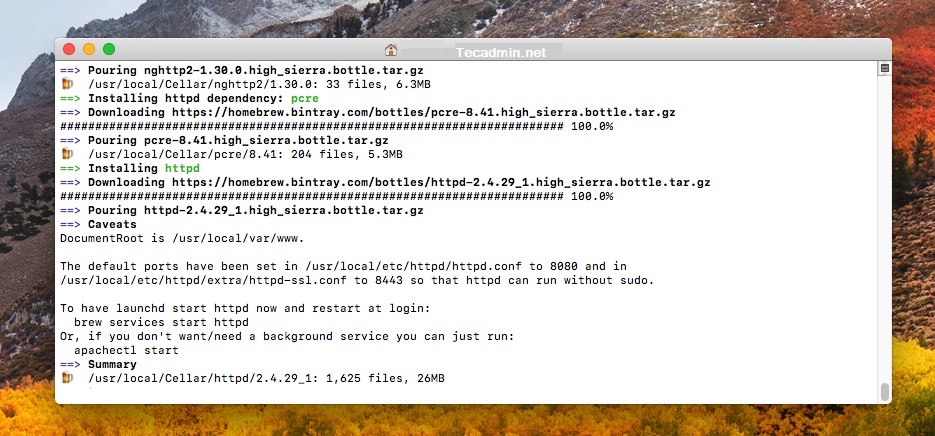Cyomf Mac OS
Step 2a: Click the Apple Icon in the upper left corner of the desktop, select 'About This Mac'. Step 2b: Click ' System Report. ' (button) Step 2c: Verify the CAC reader shows in Hardware, USB, under USB Device Tree. Different readers will show differently, most readers have no problem in this step. Follow the steps below to enable Epson Connect for your Epson printer on a Mac. Important: Your product needs to be set up with a network connection before it can be set up with Epson Connect. If you need to set up the connection, see the Start Here sheet for your product for instructions.
macOS Server brings even more power to your business, home office, or school. Designed to work with macOS and iOS, macOS Server makes it easy to configure Mac and iOS devices. It’s also remarkably simple to install, set up, and manage. Add macOS Server to your Mac from the Mac App Store for just $19.99.
Your command center.
macOS Server lets you set up and manage multiple Mac computers and iOS devices, right from your Mac. And it’s so simple to use, you don’t need an IT department.
macOS Server resources.
Everything you want to know about macOS Server, including training, services, and documentation.
Recommend switching to Docker
I finally switched to using Docker for local development on macOS. While the following tutorial works for macOS Catalina, it has limitations. I recommend following my latest tutorial on installing Apache, MySQL, and PHP on macOS using Docker.
Note: This post assumes you followed installing Apache, PHP, and MySQL on Mac OS X Mojave and have since upgraded to macOS Catalina. If you did not follow the original post, you should follow installing Apache, PHP, and MySQL on macOS Catalina.
When Mac OS X upgrades it overwrites previous configuration files. However, before doing so it will make backups. For Catalina the original versions may have a suffix of mojave or be copied to a backup folder on the Desktop. Most of the time, configuring your system after updating Mac OS X is simply a matter of comparing the new and old configurations.
This post will look at the differences in Apache, PHP, and MySQL between Mac OS X Mojave and macOS Catalina.
Updating Apache
Mac OS X Mojave and macOS Catalina both come with Apache pre-installed. As noted above, your Apache configuration file is overwritten me when you upgrade to macOS Catalina.
Cyomf Mac Os X
There were a few differences in the configuration files. However, since both Mojave and Catalina run Apache 2.4, you could simply backup the configuration file from Catalina and overwrite it with your Mojave version.
However, I encourage you to stay up-to-date. As such, you should take the time to update Catalina's Apache configuration. First, create a backup and compare the two configuration files for differences.
Now edit the Apache configuration. Feel free to use a different editor if you are not familiar with vi.

Uncomment the following line (remove #):
In addition, uncomment or add any lines you noticed from the diff above that may be needed. For example, I uncommented the following lines:
Finally, I cleaned up some of the backups that were created during the macOS Catalina upgrade. This will help avoid confusion in the future.
Note: These files were not changed between versions. However, if you changed them, you should compare the files before running the commands.
Restart Apache:
Updating PHP
Mac OS X Mojave came with PHP version 7.1 pre-installed. This PHP version has reached its end of life. macOS Catalina comes with PHP 7.3 pre-installed. If you added any extensions to PHP you will need to recompile them.
Also, if you changed the core PHP INI file it will have been overwritten when upgrading to macOS Catalina. You can compare the two files by running the following command:
Note: Your original file may note be named something else. You can see which PHP core files exist by running ls /etc/php.ini*.
I would encourage you not to change the PHP INI file directly. Instead, you should overwrite PHP configurations in a custom PHP INI file. This will prevent Mac OS X upgrades from overwriting your PHP configuration in the future. To determine the right path to add your custom PHP INI, run the following command:
Note: It appears Catalina does not include the PHP Zip extension. This is a popular extension used by many packages. This was one of the reasons I switched to using Docker.
Updating MySQL
Cyomf Mac Os Download
MySQL is not pre-installed with Mac OS X. It is something you downloaded when following the original post. As such, the macOS Catalina upgrade should not have changed your MySQL configuration.
Find this interesting? Let's continue the conversation on Twitter.